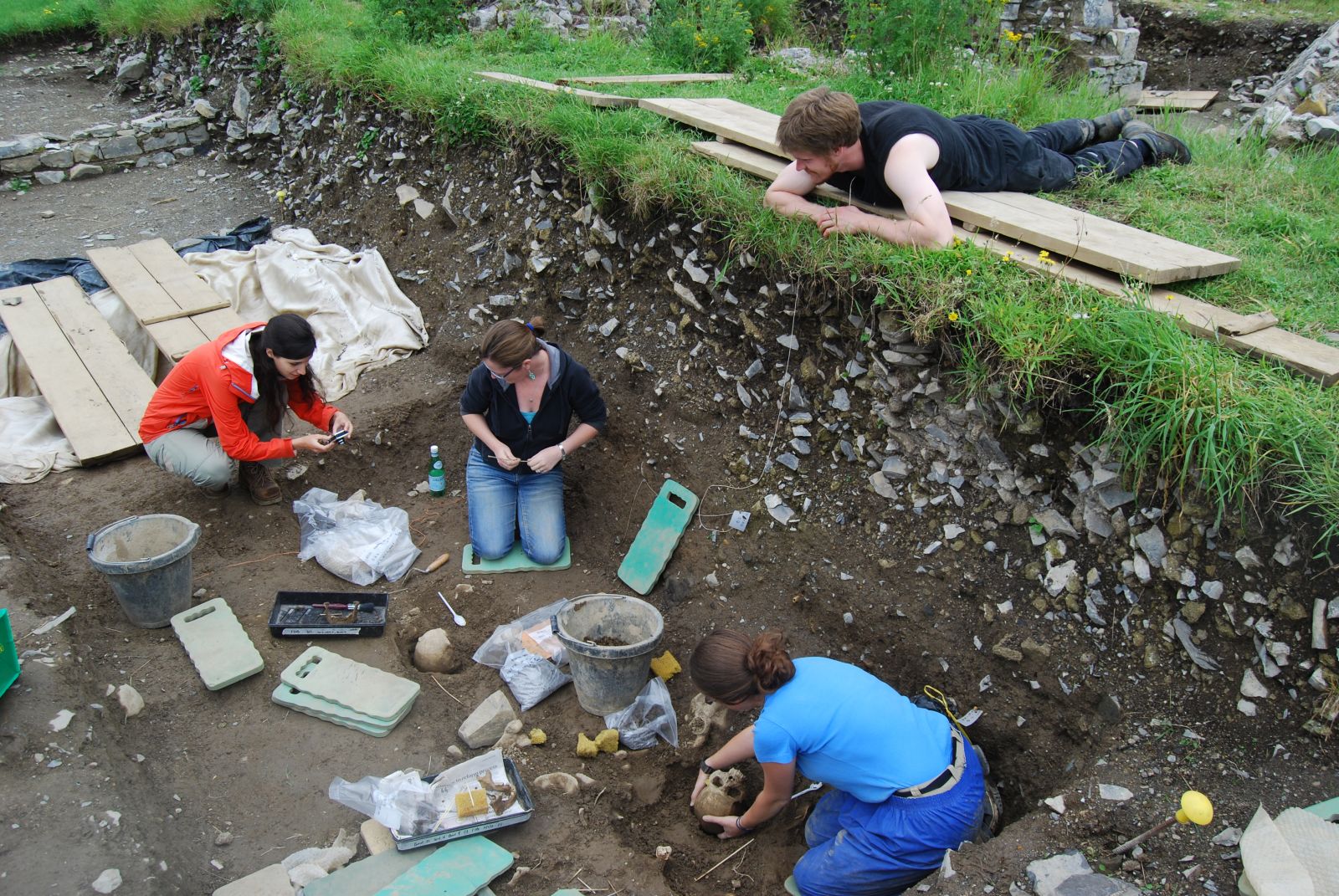
Skype a Scientist LIVE showcases scientists via livestream to the public each week. In the past year, Skype a Scientist has expanded their programs to include more than just private sessions with scientists. You can help spread the word by telling friends, family members or teachers about the program! Right now, Skype a Scientist is really focused on getting the message out to people who want to talk to scientists. “Don’t take it personally if you don’t get matched right away…that’s just the algorithm,” Sarah cautions. Although the latter is in shorter supply right now, the more scientists that sign up, the better. Sarah is encouraging both scientists and families or virtual school groups to sign up. Although virtual classrooms are compatible with the program, many students don’t have reliable internet at home and teachers aren’t signing up for sessions if the entire class can’t participate. This has produced a shift from teachers to more non-school group leaders requesting sessions, such as families or girl scout troops. One factor that is reducing the number of groups signing up to be matched with a scientist is the switch to virtual school. By the same token, more people signed up to be matched with a scientist by April this year than had signed up in an entire year before that. Sarah acknowledged that this increase is likely the result of research labs being shut down and scientists being at home and needing something to do. While their list of scientists participating is always growing, she says the program is experiencing a huge uptick right now. So, I contacted Sarah to learn more about how Skype a Scientist was adapting to the changes caused by COVID-19. Sarah McAnulty, PhD, the founder and Executive Director of Skype a Scientist The writer in me wondered how else the pandemic had affected this program, aside from the obvious fact that there were a lot more scientists signed up than groups to get matched with a scientist. Our scientist roster has tripled this month.” Immediately, two thoughts popped in my head: (1) sign up for another session and (2) this sounds like an excellent blog topic. After seeing the researchers eating pizza, Kanzi used his lexigrams to let them know he wanted some by pointing to the symbols for bread, tomato and cheese!Ībout a month later, I received an email from Skype a Scientist that began, “We can handle an additional 8000 families, classrooms, and other groups. The scientist also shared a funny story about one exceptionally clever bonobo named Kanzi. After about an hour, we’d had a lot of fun and learned about a lot of cool research-including how harder it is to teach bonobos than humans. The scientist thoughtfully answered all our questions, kept the conversation going by asking my daughter about her interests and sparked a lot of new follow-up questions. It turned out that the scientist’s research draws from many different disciplines, including archaeology, neuroscience and psychology, so we had a lot to talk about. I was nervous that my daughter would quickly ask the dozen or so questions she’d prepared and we’d have to end the call after 10 minutes.
#Skype a scientist how to
She works with bonobos at the Ape Initiative, teaching them how to make stone tools and testing their language comprehension. We were matched with a graduate student researching the evolution of human cognition.

We received our match the next day and scheduled a call with our scientist the following week. I remember wishing this program had existed when I was a high school science teacher, so I was ecstatic to learn it was now possible to participate and immediately filled out the online application for our family to be matched with a scientist. I learned about Skype a Scientist a few years ago after listening to an episode of the HelloPhD podcast.

You can also request a scientist from a group that is underrepresented in STEM fields so that participants can see a scientist who looks like them or can relate to their experiences. Teachers (and now families) can choose the type of scientist that is a good fit, from computer scientists to marine biologists and everything in between. Skype a Scientist provides an easy way to for people to meet a scientist and allows scientists to reach people from all over the world without having to leave the lab. Reposted from the Promega Connections blog with permission.Ī few weeks into Wisconsin’s Safer at Home order, I saw a tweet from Sarah McAnulty, PhD, the founder and Executive Director of Skype a Scientist, proclaiming that the organization was making a big change in response to the COVID-19 pandemic-they were allowing groups smaller than five people to sign up, meaning that families stuck at home during the pandemic could meet a scientist virtually in their living room.


 0 kommentar(er)
0 kommentar(er)
